Leucyl-tRNA synthetase, cytoplasmic is an enzyme that in humans is encoded by the LARS gene. [5] [6]
Leucyl-tRNA synthetase, cytoplasmic is an enzyme that in humans is encoded by the LARS gene. [5] [6]
This gene encodes a cytosolic leucine-tRNA synthetase, a member of the class I aminoacyl-tRNA synthetase family. The encoded enzyme catalyzes the ATP-dependent ligation of L-leucine to tRNA(Leu). It is found in the cytoplasm as part of a multisynthetase complex and interacts with the arginine tRNA synthetase through its C-terminal domain. Alternatively spliced transcript variants of this gene have been found; however, their full-length nature is not known. [6]
Leucyl-tRNA synthetase has been shown to interact with EEF1G. [7]

Elongation factor 1-delta is a protein that in humans is encoded by the EEF1D gene.

Glycine—tRNA ligase also known as glycyl–tRNA synthetase is an enzyme that in humans is encoded by the GARS1 gene.

Tryptophanyl-tRNA synthetase, cytoplasmic is an aminoacyl-tRNA synthetase enzyme that attaches the amino acid tryptophan to its cognate tRNA. In humans, it is encoded by the WARS gene.

Elongation factor 1-beta is a protein that in humans is encoded by the EEF1B2 gene.
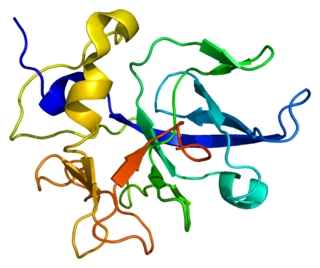
Aminoacyl tRNA synthetase complex-interacting multifunctional protein 1 is a protein that in humans is encoded by the AIMP1 gene.

Lysyl-tRNA synthetase is an enzyme that in humans is encoded by the KARS gene.
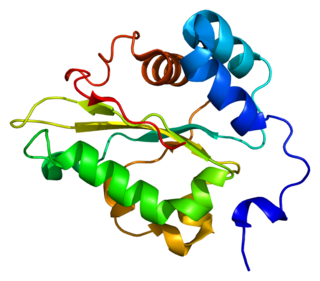
Elongation factor 1-gamma is a protein that in humans is encoded by the EEF1G gene.
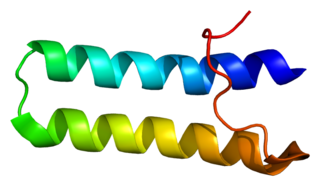
Bifunctional aminoacyl-tRNA synthetase is an enzyme that in humans is encoded by the EPRS gene.
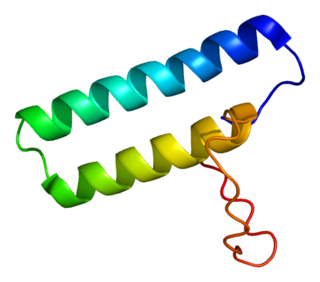
Histidyl-tRNA synthetase (HARS) also known as histidine-tRNA ligase, is an enzyme which in humans is encoded by the HARS gene.

Arginyl-tRNA synthetase, cytoplasmic is an enzyme that in humans is encoded by the RARS gene.

Aspartyl-tRNA synthetase, cytoplasmic is an enzyme that in humans is encoded by the DARS gene.

Aminoacyl tRNA synthetase complex-interacting multifunctional protein 2 is an enzyme that in humans is encoded by the AIMP2 gene.

Glutaminyl-tRNA synthetase is an enzyme that in humans is encoded by the QARS gene.
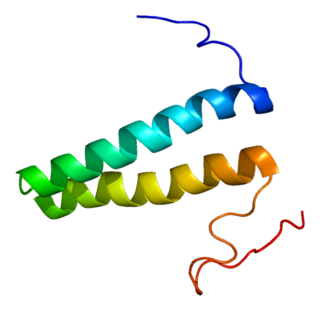
Methionyl-tRNA synthetase, cytoplasmic is an enzyme that in humans is encoded by the MARS gene.

Threonyl-tRNA synthetase, cytoplasmic is an enzyme that in humans is encoded by the TARS gene.

Valyl-tRNA synthetase is an enzyme that in humans is encoded by the VARS gene.

Probable leucyl-tRNA synthetase, mitochondrial is an enzyme that in humans is encoded by the LARS2 gene.

Isoleucyl-tRNA synthetase, cytoplasmic is an enzyme that in humans is encoded by the IARS1 gene.

Phenylalanyl-tRNA synthetase alpha chain is an enzyme that in humans is encoded by the FARSA gene.

Eukaryotic translation elongation factor 1 epsilon-1 is a protein that in humans is encoded by the EEF1E1 gene.